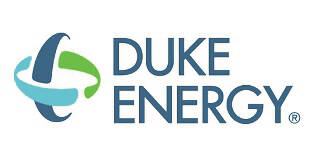PICKENS COUNTY — Duke Energy Carolinas announced July 1 they have asked South Carolina regulators to perform a public review of the company’s current rates.
“The company last requested a review of base rates for customers in early 2024,” officials said in a release. “Since then, the company has made investments in the things our nearly 680,000 retail electric customers expect from us: upgrades to strengthen the grid, improve reliability and storm resilience, and maintain and upgrade our generation fleet.”
Duke Energy Carolinas provides retail electric service to customers in the following counties in South Carolina: Abbeville, Anderson, Cherokee, Chester, Fairfield, Greenville, Greenwood, Kershaw, Lancaster, Laurens, McCormick, Newberry, Oconee, Pickens, Saluda, Spartanburg, Union and York.
By the numbers
The company’s application in front of the Public Service Commission of South Carolina (PSCSC) requests an overall annual revenue increase of $150.5 million, which represents a 7.7% increase over current revenues.
If approved, monthly electric bills for typical residential customers using 1,000 kilowatt-hours per month would increase $10.38 a month – from $136.82 per month to $147.19 – effective March 1, 2026.
Commercial customers will see an average increase of 5.4% and industrial customers will see an average increase of around 5.2%. The amount of increase per customer class can vary based upon how much more additional revenue is needed to ensure that the class is covering the cost to serve them, they said.
“Duke Energy is committed to meeting customers’ increasingly higher expectations around reliability, responsiveness, affordability and value – and supporting South Carolina’s continued economic growth,” officials said. “This proposal reflects the investments we have made to strengthen the grid, improve storm readiness, maintain and enhance our generating fleet and serve a growing customer base.
“It also reflects how the company is doing that work: with discipline, with a focus on operational excellence, and with a thoughtful approach to how and when we seek rate adjustments,” they said.
Investments in action
The company’s grid investments have positioned it well for storm response, officials said.
“For example, as Hurricane Helene made its way across the Carolinas, grid improvements were already helping to combat power outages from the storm,” they asserted.
Officials said smart, self-healing technology installed across the Duke Energy Carolinas service territory helped to automatically restore more than 35,000 customer outages and saved more than 153,000 hours of total outage time, showing the value of the self-healing programs.
“We know families and businesses are juggling a lot and we do not take a request to increase rates lightly,” said Tim Pearson, Duke Energy’s South Carolina president. “But being upfront and timely with our request is the right thing to do and in the best interest of our customers.”

